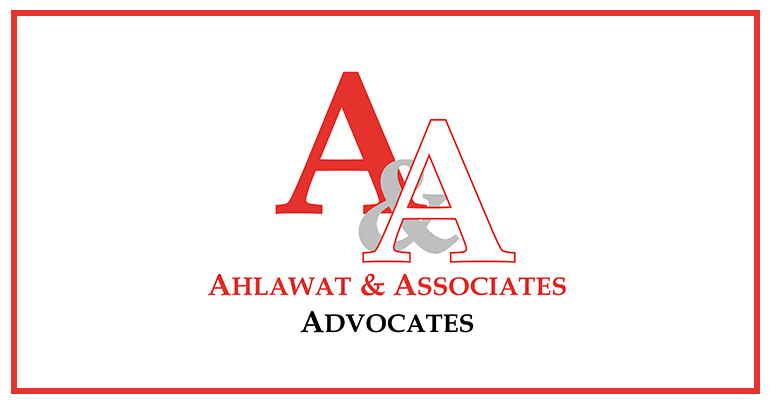
 A&A
A&A
 May 7, 2018
May 7, 2018
The Reserve Bank of India (RBI) after receiving suggestions from the corporates and other entities on relaxing the existing External Commercial Borrowings (ECB) framework has decided, in consultation with the Government of India, to further rationalize and liberalize the ECB guidelines. The following amendments have been made with effect from 27th April, 2018:
RBI has stipulated a uniform all-in cost ceiling of 450 basis points over 6 month USD LIBOR (or applicable benchmark for respective currency) for Track I and Track II. For Track III and RDBs all-in cost will be the prevailing yield of the Government securities subject to the maturity period.
For ECB raised from direct foreign equity holders under the automatic route, the ECB Liability to Equity Ratio has been increased from 4:1 to 7:1. However, this ratio will not be applicable if the total of all ECBs raised by an entity is up to USD 5 million or equivalent.
The following has been added to the list of eligible borrowers:
(iv) Rationalisation of end-use provisions for ECBs:
A positive end-use list was being prescribed for Track I and specified category of borrowers and a negative end-use list for Track II and III. It has now been decided to have only a negative list will be prescribed for all Tracks. The negative list for all Tracks would include the following:
a) Investment in real estate or purchase of land except when used for affordable housing as defined in Harmonised Master List of Infrastructure Sub-sectors notified by Government of India, construction
and development of SEZ and industrial parks/integrated townships.
b) Investment in capital market.
c) Equity investment.
Additionally, for Track I and III, the following negative end users will also apply except when raised from Direct and Indirect equity holders or from a Group company, and provided the loan is for a minimum average maturity of 5 years:
d) Working capital purposes.
e) General corporate purposes.
f) Repayment of Rupee loans.
Finally, for all Tracks, the following negative end use will also apply:
On-lending to entities for the above activities from (a) to (f).

Indian Government opens space sector for foreign investments: Amendment signals major boost for satellite industry
View More
Get insights into RBI's regulatory measures with two new draft directions designed to oversee Payment Aggregators, shaping the future of financial transactions.
View More
Explore SEBI's recent actions to bolster investor protection during dematerialized securities transfers, ensuring transparency and security in the financial market.
View More















 Cookies Consent
Cookies ConsentWe use cookies to help you navigate efficiently and perform certain functions. You will find detailed information about all cookies under each consent category below. Read more...
 Cookies Consent
Cookies ConsentWe use cookies to help you navigate efficiently and perform certain functions. You will find detailed information about all cookies under each consent category below. Read more...

